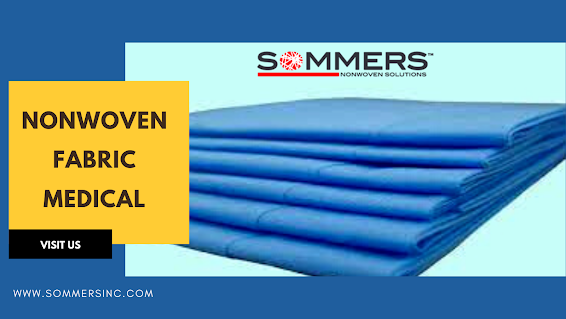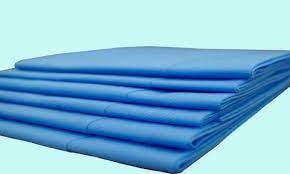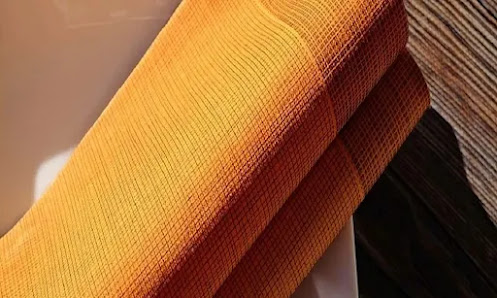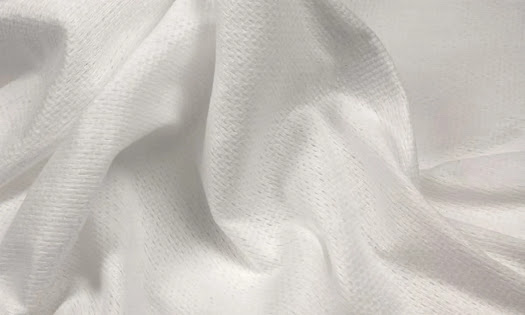What Is The Best Nonwoven Fabric For Medical Applications?
.png)
The use of the best non-woven fabric for medical purposes is uncountable. It has been used in the medical industry for a long time in different applications. As technology is gradually improving, non-woven fabric proved to be the superior option to woven products. Nonwoven Fabric Medical is used for improving adaptability, disposal, and effectiveness at affordable cost. Ubiquitous & nosocomial infections in the hospitals allowed the reuse of masks and gowns. In addition, to make it possible, non-woven fabrics are used. Non-woven products create effective barriers against bacteria. Non-woven fabrics are better than linens in reducing air-borne contamination. Why are non-woven fabrics dominating the industry? Disposable non-woven products dominate the market and will reach a whopping number in 2023. The increasing number of patients suffering from obesity, diabetes, and cancer drives the growth. Many more salient features of non-woven fabrics drive the growth, and we mentioned them ...
.png)




